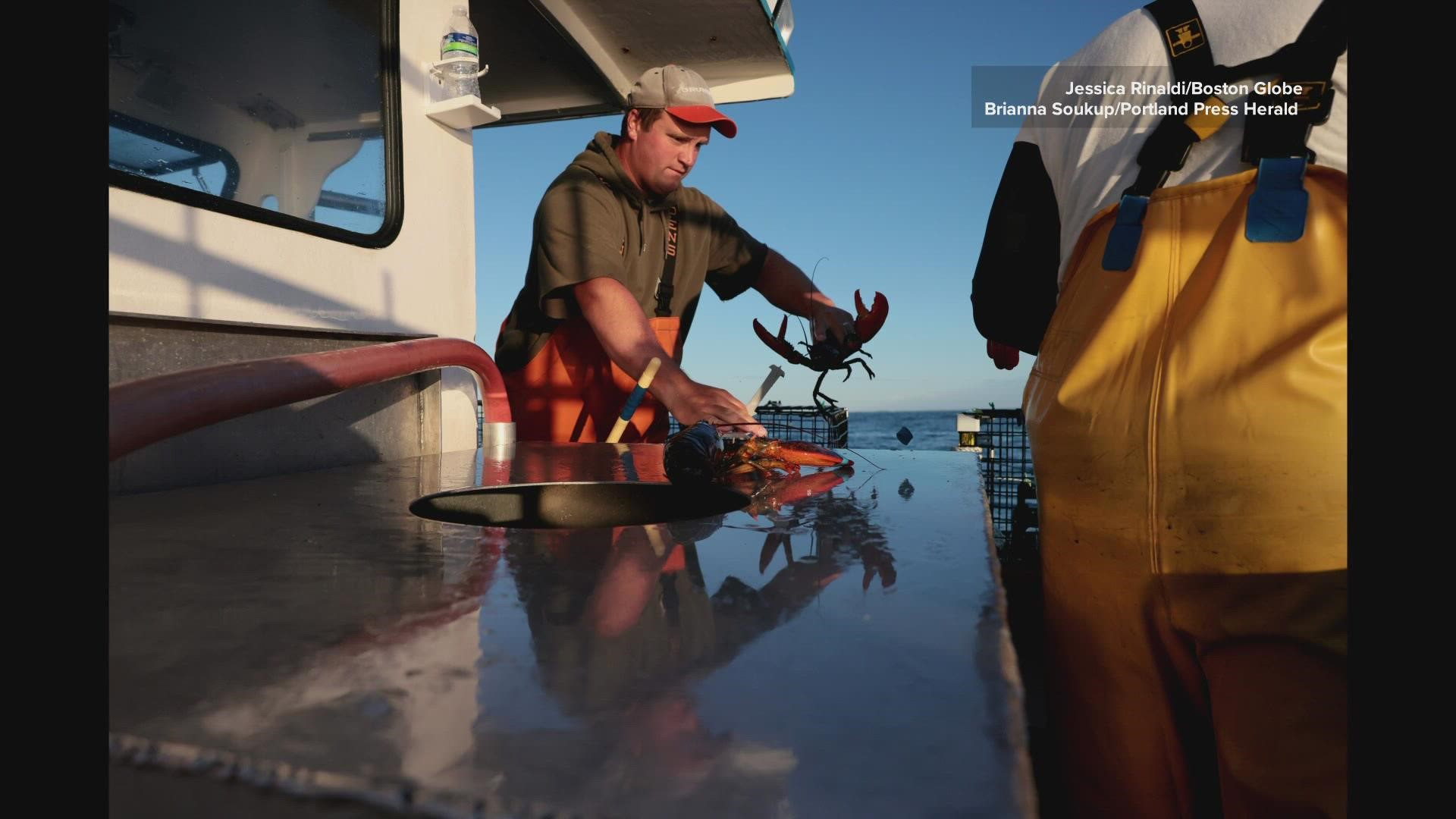VINALHAVEN ISLAND, Maine — On the island of Vinalhaven in Penobscot Bay, lobstering isn’t just a way of bringing in a paycheck; it’s a way of life, the community's heart, soul, and economic engine.
But as the climate changes and the waters in the Gulf of Maine grow warmer, there are pressing questions about what the future of lobstering will look like.
The Portland Press Herald and the Boston Globe recently presented a two-part series called “The Lobster Trap,” a deeply reported look at the climate-induced changes already affecting Vinalhaven and the more profound ones that are almost certain to come.
“Since the 1970s, the epicenter of the lobster population has shifted more than 100 miles north as the Gulf of Maine warmed. That brought new prosperity to Maine coastal villages, while in southern New England, lobster populations and profits dwindled — and in some places, all but vanished,” Penelope Overton of the Press Herald and Jenna Russell of the Globe report.
What’s happened to the lobster industry in parts of southern New England is nothing less than a catastrophe.
“In the once bountiful waters off Connecticut,” Overton and Russell write, “a single full-time lobsterman remains — but today he fishes in a watery graveyard.”
What impact will climate change have on Vinalhaven? Are people ready for it? And what does it bode for an island with few well-paying jobs outside of the lobster industry? Those are just some of the questions “The Lobster Trap” explores, questions we discussed with Overton and Russell in an interview on 207.
Watch our conversation below.

